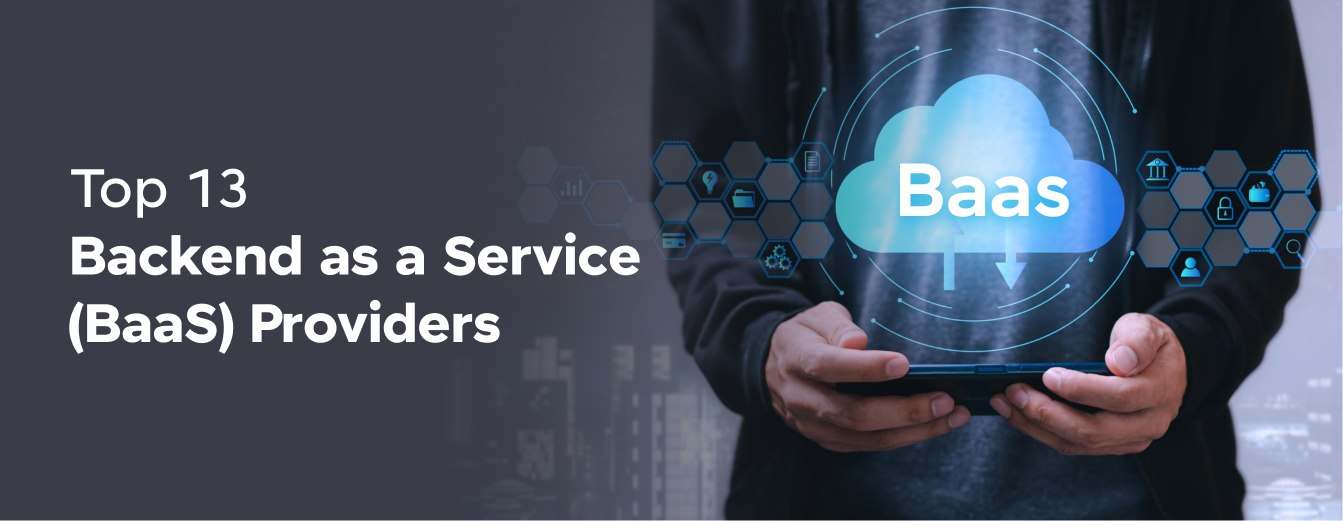
Top 13 Backend as a Service (BaaS) Providers
Mar 11, 2025 6 Min Read 13054 Views
(Last Updated)
In the dynamic world of web development, Backend as a Service (BaaS) has emerged as a game-changer, streamlining backend operations and freeing developers to focus on crafting exceptional user experiences. As we step into 2025, the BaaS has become more vibrant than ever, brimming with platforms that cater to various needs and niches.
From industry platforms like Firebase and AWS Amplify to rising platforms like Supabase and Appwrite, the array of options can be both exciting and overwhelming. This blog aims to explain BaaS, highlighting its important role in modern development and guiding you through the top BaaS providers of the year. Understanding these platforms can be your key to informed decision-making in the ever-evolving digital domain.
Table of contents
- What is Backend as a Service (BaaS)?
- Top 13 Backend as a Service Providers 2025
- Firebase
- Kuzzle
- Supabase
- Kumulos
- AWS Amplify
- PlayFab
- Appwrite
- PubNub
- Nhost
- Kinvey
- Parse
- Backendless
- Back4App
- Conclusion
- FAQs
- Why is Firebase a top BaaS choice?
- How is Supabase an alternative to Firebase?
- What makes AWS Amplify unique?
What is Backend as a Service (BaaS)?
Backend as a Service, commonly abbreviated as BaaS, is a cloud service model that provides developers with a way to connect their web and mobile applications to backend cloud storage and APIs exposed by back-end applications while also providing features such as user management, push notifications, and integration with social networking services.
These services are provided via the use of custom software development kits (SDKs) and application programming interfaces (APIs). BaaS is a model designed to help developers streamline the development process by eliminating the need to build and maintain backend infrastructure for their applications. It’s particularly useful for developers looking to reduce the time and technical overhead associated with server-side development, allowing them to focus more on the front-end and user experience aspects of their apps.
Also Read: Job Description of a Backend Developer: A Simplified Guide
Key services often provided by BaaS platforms include:
- Data Management: BaaS provides a way to store, retrieve, and manage data through a cloud database. It supports the creation of rich data models and offers the ability to perform queries and filter data without the need for a dedicated backend system.
- User Authentication: BaaS platforms often offer built-in user authentication features, which can include email and password login, social media integration, and more sophisticated security measures like two-factor authentication.
- Push Notifications: This feature enables developers to send notifications to users’ devices, a key component in engaging and retaining app users.
- File Storage: BaaS platforms provide cloud-based file storage solutions, allowing for the storage of various media types such as images, videos, and documents.
- Server Code Execution: Some BaaS offerings allow for server-side code to be run in response to certain triggers, which can be used to execute business logic without the need for a separate backend.
- API Gateway: BaaS often includes an API gateway, making it easier to create, manage, and deploy APIs to expose backend functions and data to your application.
By using BaaS, developers can significantly reduce development time and cost, focus on the front end, and bring their applications to market faster. However, it’s important to consider potential downsides such as vendor lock-in and less control over the backend infrastructure.
Ready to elevate your coding skills? Join GUVI’s Full Stack Development Course today to master building robust applications. Secure your spot now and start transforming your career with industry-leading expertise!
Having learned what is Backend as a Service (BaaS), let’s explore the top 13 Backend as a Service Providers for 2025.
Top 13 Backend as a Service Providers 2025
The Backend as a Service (BaaS) market has a variety of providers, each offering unique features and capabilities tailored to different development needs. Here are the top BaaS providers in 2025, highlighting their key offerings:
1. Firebase
A platform developed by Google, Firebase is widely recognized for its real-time database, Firestore, and its robust authentication system. It’s particularly favored for mobile and web application development, providing analytics, development, and growth tools. Firebase excels in scalability, ease of use, and integration with other Google services.
Features of Firebase:
- Realtime Database & Firestore: Provides a cloud-hosted NoSQL database with real-time data syncing across all clients.
- Authentication: Supports authentication with emails, social media accounts, and more, along with robust security features.
- Cloud Functions: Allows running backend code in response to HTTPS requests or database triggers without managing servers.
- Hosting & Cloud Storage: Offers hosting for web app content and cloud storage solutions for files and media.
- Machine Learning: Integrates with Google’s machine learning capabilities to enhance app functionalities.
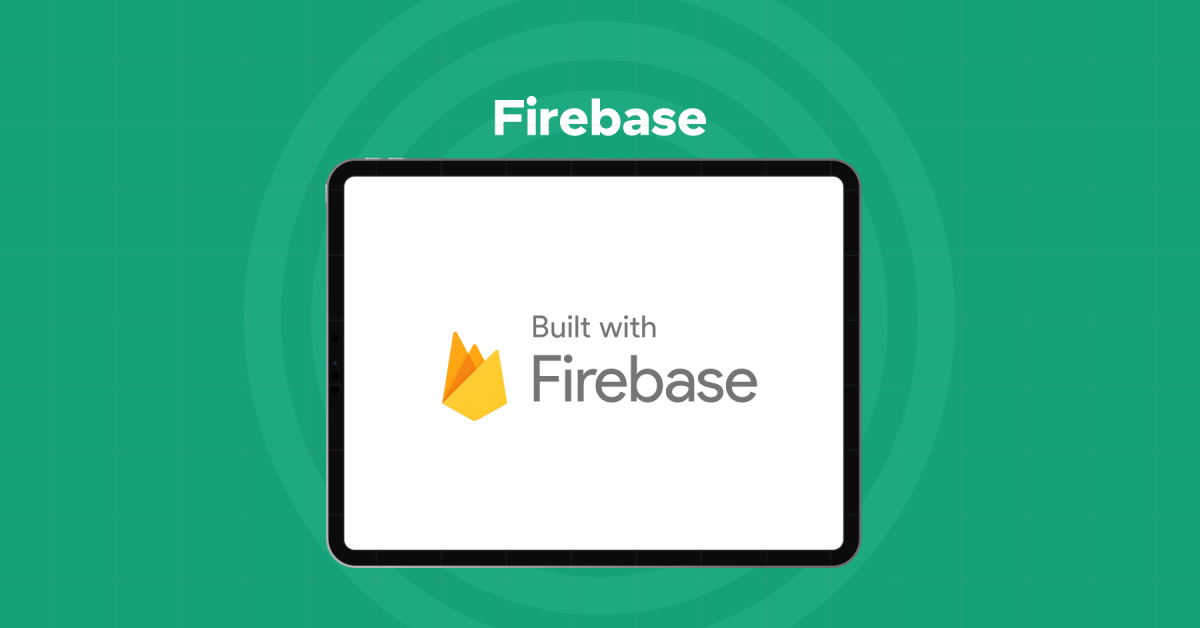
Also Read: Backend Developers in 2025: The Greatest Challenges
2. Kuzzle
Ideal for IoT, mobile, and web applications, Kuzzle provides a real-time engine, data storage, and user authentication features. Its ready-to-use backend capabilities aim to reduce development time and improve market responsiveness.
Features of Kuzzle:
- Realtime Engine: Offers a publish/subscribe system for real-time data streaming and notifications.
- Data Storage: Utilizes NoSQL storage, organizing data in a structured manner for efficient access and manipulation.
- Kuzzle User Identifier: Provides a robust authentication system to manage user identities and access.
Also Explore the Best 15 Product-based Companies for IoT Solutions Architects in India
3. Supabase
Often touted as an open-source alternative to Firebase, Supabase provides similar functionalities like real-time databases and authentication but aims to give developers more control and flexibility. It’s appreciated for its PostgreSQL support, offering a more traditional database option with modern BaaS features.
Features of Supabase:
- Realtime Database: Uses PostgreSQL to offer a real-time database with a rich query interface.
- Row Level Security: Allows developers to control access to data at the row level in the database.
- Authentication: Provides simple and secure authentication mechanisms, including third-party logins.
- Instant APIs: Automatically generates APIs based on your database schema, making backend development faster.
- Storage: Offers scalable storage solutions for handling files and media.
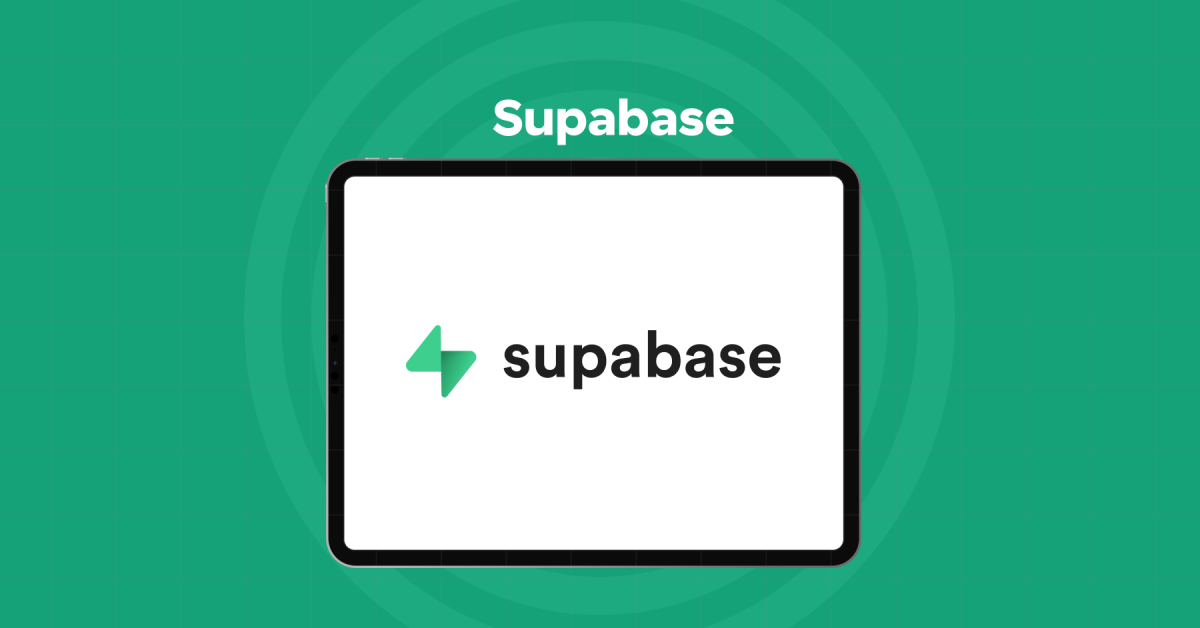
4. Kumulos
Kumulos is a comprehensive app management platform that focuses on the mobile backend as a service (MBaaS), offering features like API Endpoint Monitoring, Crash Reporting, and a mobile backend that supports various platforms including Unity, Android, Swift, Objective-C, and Huawei.
Features of Kumulos:
- Mobile Backend: Specializes in MBaaS features, supporting various mobile development frameworks.
- API Endpoint Monitoring: Allows monitoring of API endpoints to ensure optimal performance and reliability.
- Crash Reporting: Facilitates identifying and diagnosing issues in applications, improving stability.
Must Read About The Best Way To Learn Back-End Development
5. AWS Amplify
Part of Amazon Web Services, AWS Amplify offers a comprehensive suite of tools for building scalable mobile and web applications. It integrates seamlessly with other AWS services, providing features like authentication, data storage, and an API gateway. Amplify is designed for developers looking to use the extensive AWS ecosystem in their applications.
Features of AWS Amplify:
- API (GraphQL & REST): Allows easy creation of scalable APIs for web and mobile applications.
- Authentication: Provides a secure and scalable authentication solution, including user sign-up and sign-in.
- DataStore: A programming model for using shared and distributed data without writing additional code for offline and online scenarios.
- Hosting: Offers fully managed hosting for static websites and web apps with global CDN.
- Interactions: Enables the addition of AI-powered chatbots to your app.
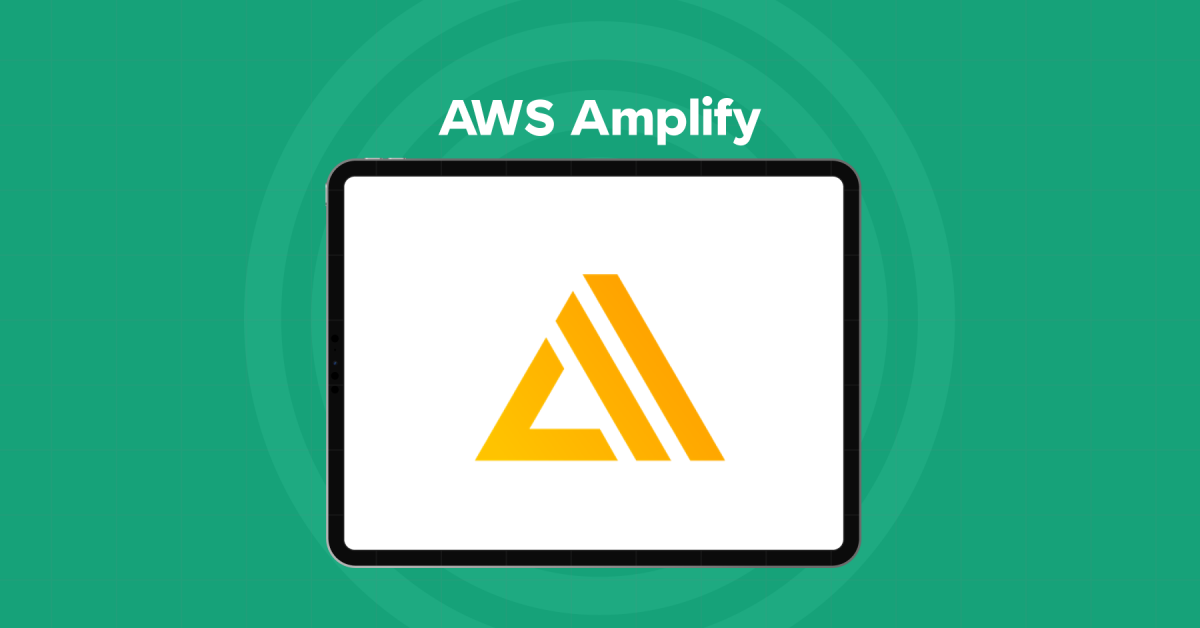
Also Read: Use ReactJS to Fetch and Display Data from API – 5 Simple Steps
6. PlayFab
Specializing in gaming applications, PlayFab, under Microsoft Azure, offers a complete backend solution with features like Multiplayer Servers and LiveOps to enhance real-time gaming experiences and user retention.
Features of PlayFab:
- Complete Backend Solution: Provides a wide range of backend services specifically designed for gaming applications.
- Multiplayer Servers: Offers dedicated servers for multiplayer gaming, ensuring a seamless and engaging user experience.
- LiveOps: Includes tools for game management and player engagement, including analytics and player profiles.
Also Find Out Top 10 Programming Languages For Game Development
7. Appwrite
An open-source BaaS platform, Appwrite is designed to provide a secure and easy-to-use backend for web, mobile, and Flutter applications. It offers a set of core backend services like databases, authentication, and storage, emphasizing simplicity and developer experience.
Features of Appwrite:
- Databases: Offers a straightforward way to manage database collections and documents.
- Authentication: Supports multiple authentication methods, including emails, OAuth2, and Magic URLs.
- Cloud Functions: Allows the execution of server-side logic in a serverless manner.
- Realtime: Enables real-time capabilities for updating the front end as data changes.
- Storage: Provides secure file upload, storage, and access capabilities.
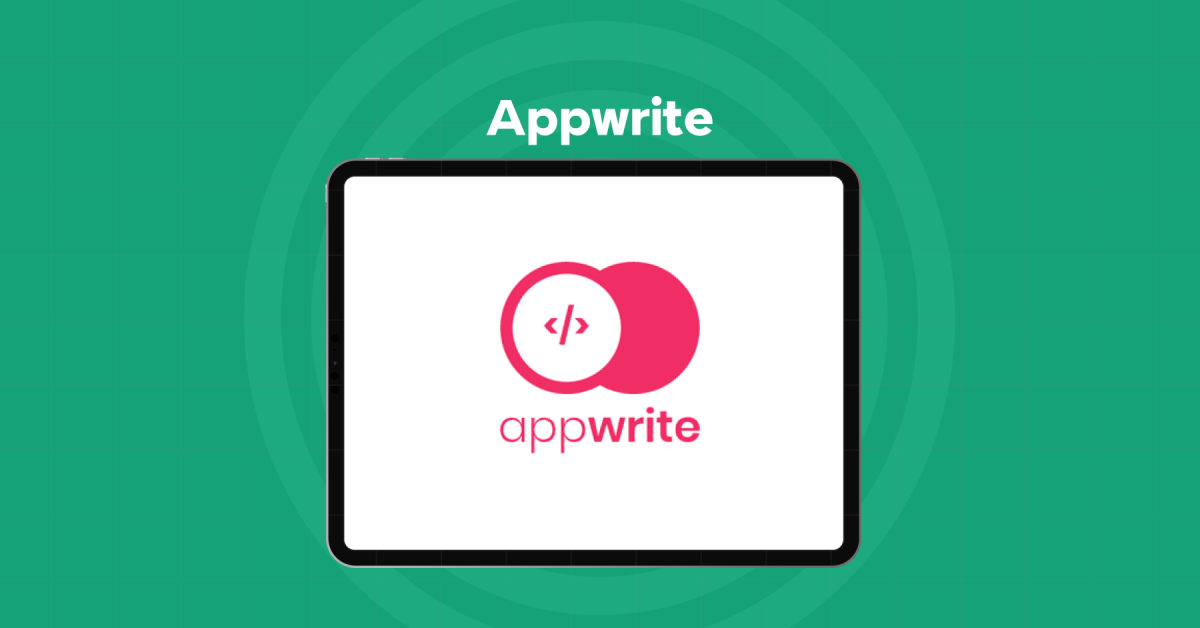
Also Read: The Role of Serverless Computing in Backend Development
8. PubNub
Focused on real-time solutions, PubNub provides features such as Push Notifications, In-App Chat, and Location Tracking. It’s designed to support IoT, mobile, and web applications, offering scalable and reliable real-time capabilities.
Features of PubNub:
- Push Notifications: Enables sending real-time notifications to users to increase engagement.
- In-App Chat: Supports the creation of secure and scalable chat features within applications.
- Location Tracking: Provides geolocation services to track user locations in real time.
9. Nhost
Nhost is a BaaS platform that uses GraphQL and is built on top of Postgres and Hasura. It offers real-time capabilities, authentication, and storage, making it an attractive option for developers looking for GraphQL support and the robustness of PostgreSQL.
Features of Nhost:
- GraphQL Support: Offers a powerful GraphQL API for querying and mutating data.
- Authentication & Authorization: Provides built-in authentication and row-level security for apps.
- Realtime Subscriptions: Supports real-time data subscriptions to keep your app data updated.
- Storage: Includes scalable storage for managing user-generated content.
- Serverless Functions: Allows extending your application with custom backend logic without managing servers.
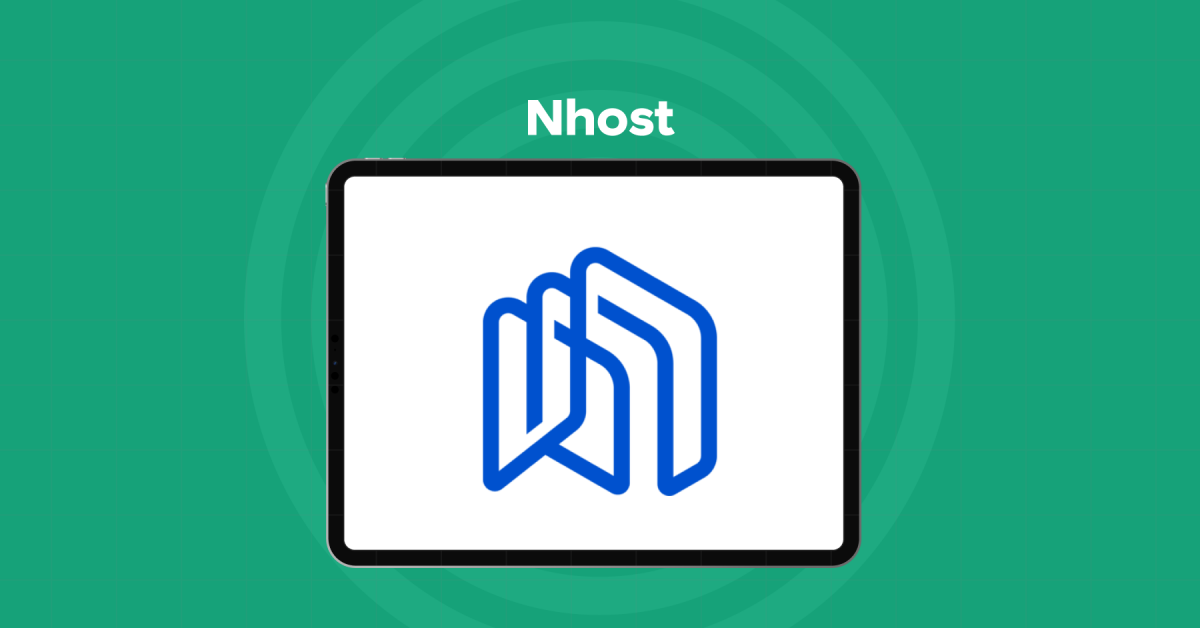
Also Read: Becoming A Top Python Backend Developer: Must-Know Technologies
10. Kinvey
Offering a serverless app development environment, Kinvey provides data integration, hosting, storage, and app administration services. It supports a wide range of applications and seamlessly integrates with various cloud services.
Features of Kinvey:
- RapidData: Offers pre-built data connectors for efficient data management and integration.
- Mobile Identity Connect: Simplifies the authentication process with support for various systems such as OAuth2 and Active Directory.
- SDKs: Provides a wide range of SDKs compatible with iOS, Android, and other platforms, facilitating development across different devices.
11. Parse
Originally a Facebook project, Parse is now an open-source platform that offers a scalable and powerful server framework for applications. It supports a wide range of functionalities including push notifications, social integration, and data storage. Parse is suitable for developers who prefer an open-source solution with a strong community.
Features of Parse:
- Database: Features a flexible, scalable database for storing and querying app data.
- Cloud Code: Enables running custom backend code in response to triggers or HTTP requests.
- Push Notifications: Supports sending push notifications to engage users across platforms.
- File Storage: Offers file storage capabilities for managing app assets and user-generated content.
- User Authentication: Includes a comprehensive suite for managing user accounts and authentication.
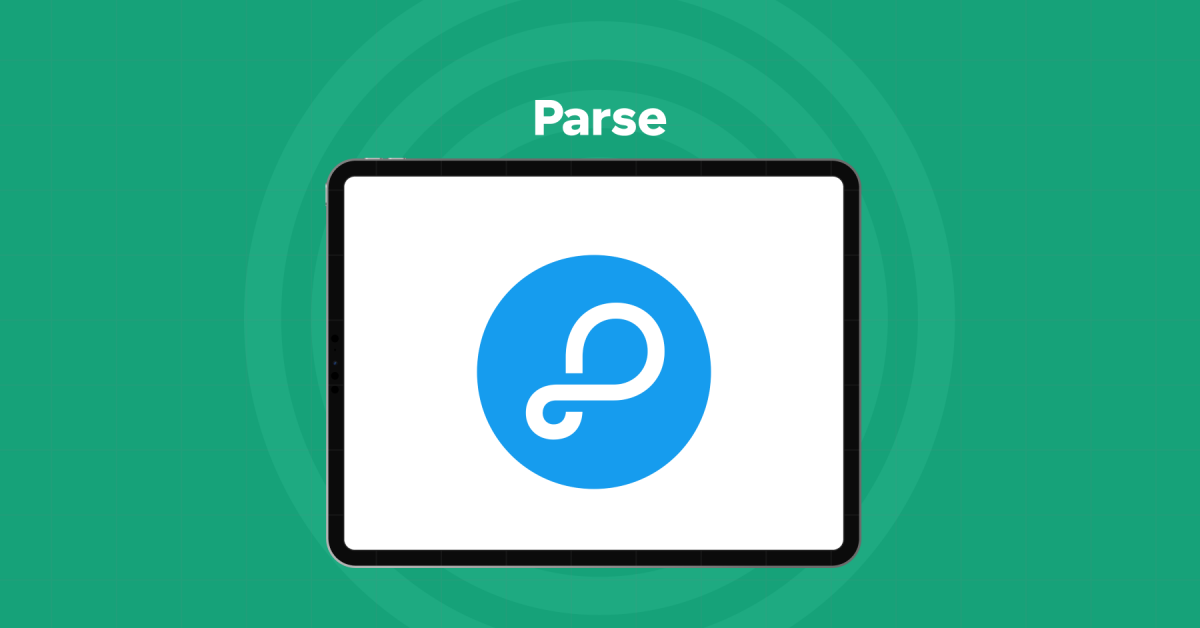
Also Read: Top 10 Backend Web Development Frameworks
12. Backendless
Known for its visual app development tools and robust backend services, Backendless provides database, cloud code, user management, and real-time data functionalities. It’s aimed at developers looking to minimize coding and speed up the development process with a range of pre-built services.
Features of Backendless:
- Visual App Development: Provides a visual development environment for building apps faster.
- Database: Features a codeless database management system for storing and querying data.
- Cloud Code: Allows running custom business logic on the backend.
- User Management: Offers a complete system for managing user accounts, roles, and permissions.
- API Services: Automatically generates REST APIs based on your database schema.
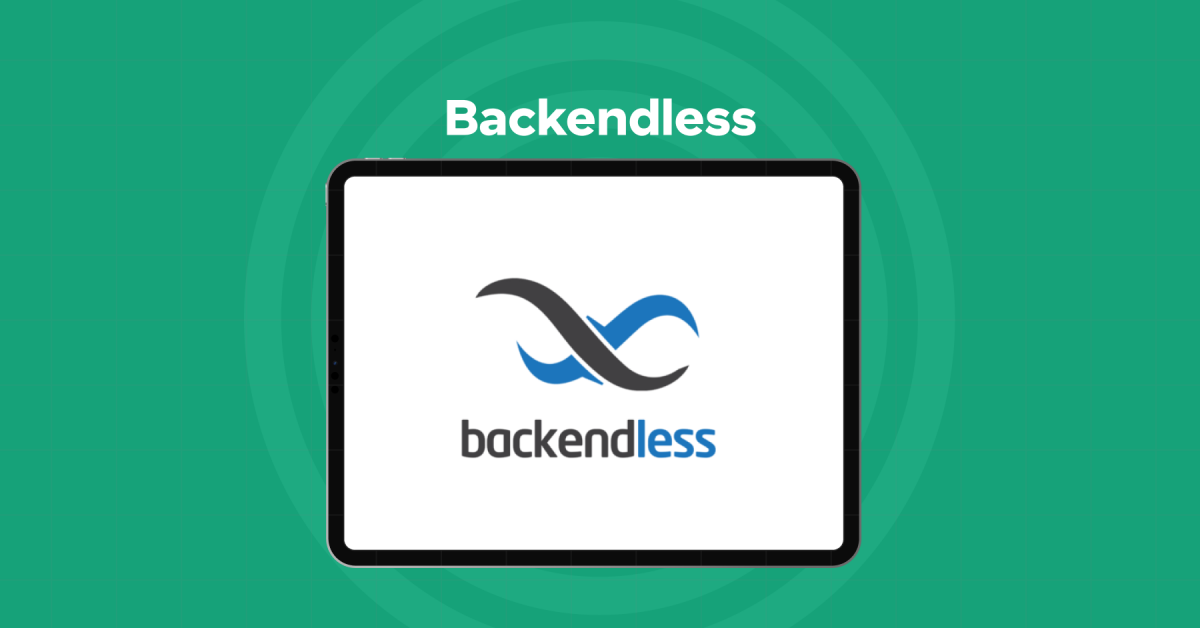
13. Back4App
Built on top of Parse Server, Back4App is a BaaS platform that offers easy-to-use APIs, scalable database solutions, and efficient data management. It’s designed to provide a low-code development environment, making it accessible for developers at all skill levels.
Features of Back4App:
- Parse Server Based: Uses the open-source Parse Server for a familiar development experience.
- Realtime Database: Offers real-time data syncing to keep app data up-to-date across clients.
- GraphQL & REST APIs: Supports both GraphQL and REST APIs for flexible app development.
- Authentication: Provides robust mechanisms for user authentication and management.
- File Storage: Includes scalable storage options for app data and user-generated content.
Each of these BaaS providers offers a unique set of features and benefits. The choice among them would depend on specific project requirements, such as the need for real-time data synchronization, support for GraphQL, reliance on open-source technologies, or integration with existing cloud ecosystems.
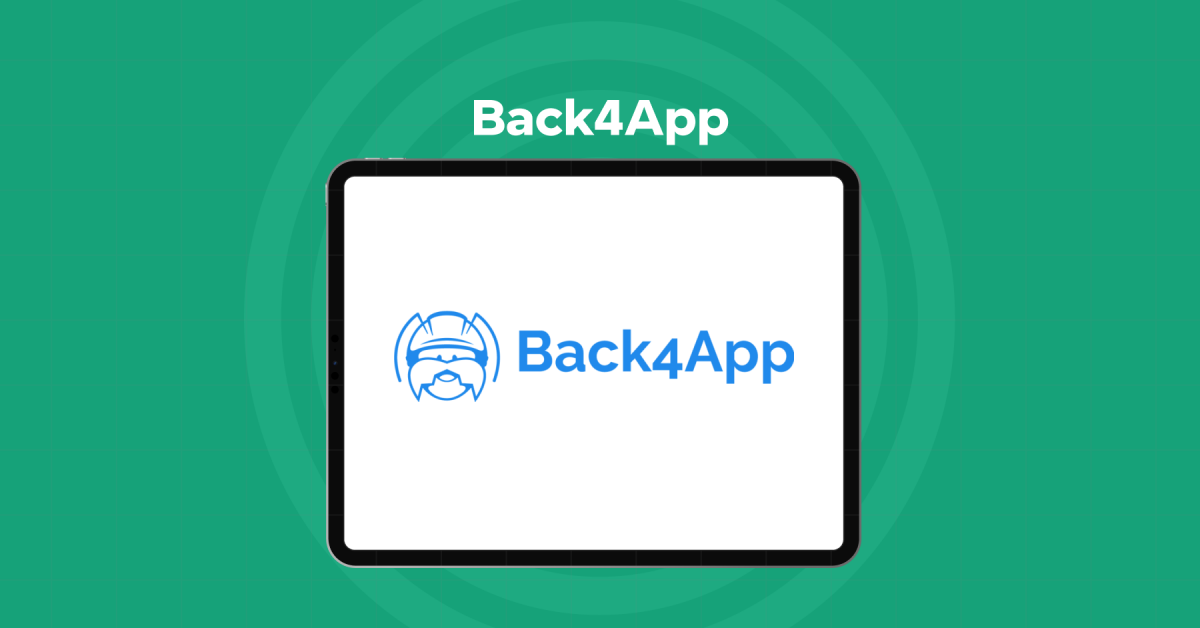
Also Read: What Does a Top Backend Developer Do? The Ultimate Guide
Conclusion
As technology evolves, developers and organizations should stay informed about the latest offerings and advancements in BaaS technologies. This will ensure they can use these platforms to not only speed up development and reduce costs but also to create more engaging, secure, and high-performing applications.
The continued growth and evolution of BaaS platforms signal a bright future for application development, where the focus can increasingly be on creating exceptional user experiences and innovative features, supported by robust and scalable backend services.
Must Explore: Interaction Between Frontend and Backend: Important Process That You Should Know
FAQs
Firebase stands out for its real-time database, robust authentication, seamless scalability, and integration with Google’s ecosystem, making it ideal for developing dynamic apps quickly.
Supabase offers similar real-time and authentication features but stands out with its PostgreSQL support and row-level security, appealing to those seeking more control and an open-source solution.
AWS Amplify integrates deeply with the AWS ecosystem, offering flexible APIs, a visual UI builder, and scalable infrastructure, catering well to both small and large-scale applications.























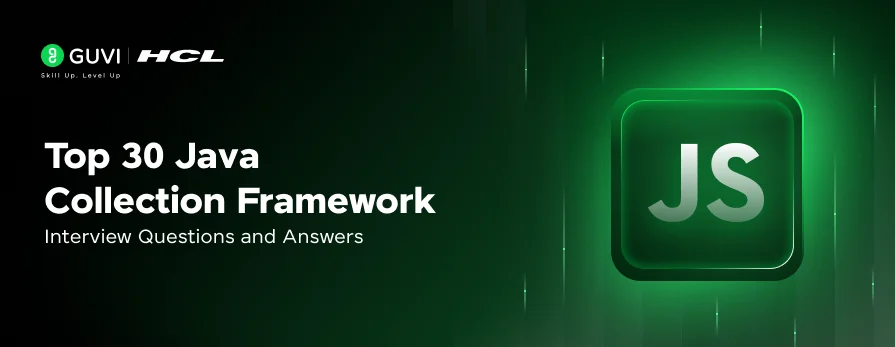


![What is TypeScript? A Beginner's Guide [2025] 14 typescript](https://www.guvi.in/blog/wp-content/uploads/2025/05/What-is-TypeScript_-A-Beginners-Guide.png)
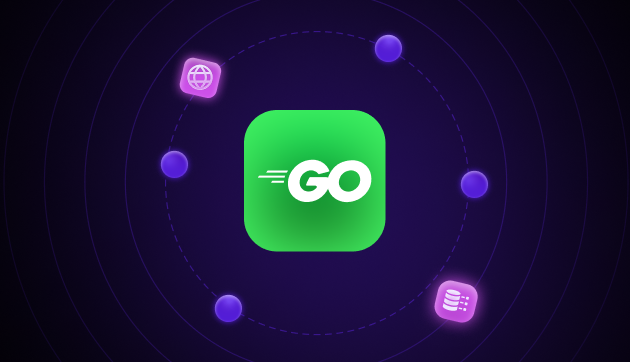
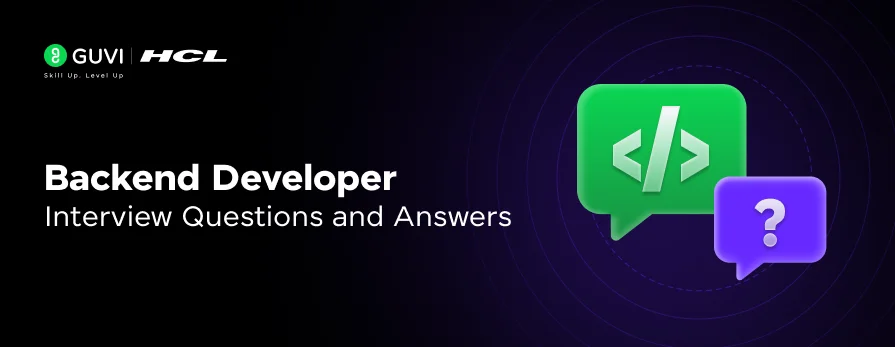

![What is ReactJS? A Beginner's Guide [2025] 17 what is reactjs](https://www.guvi.in/blog/wp-content/uploads/2025/04/What-is-ReactJS_-A-Beginners-Guide.png)

Did you enjoy this article?